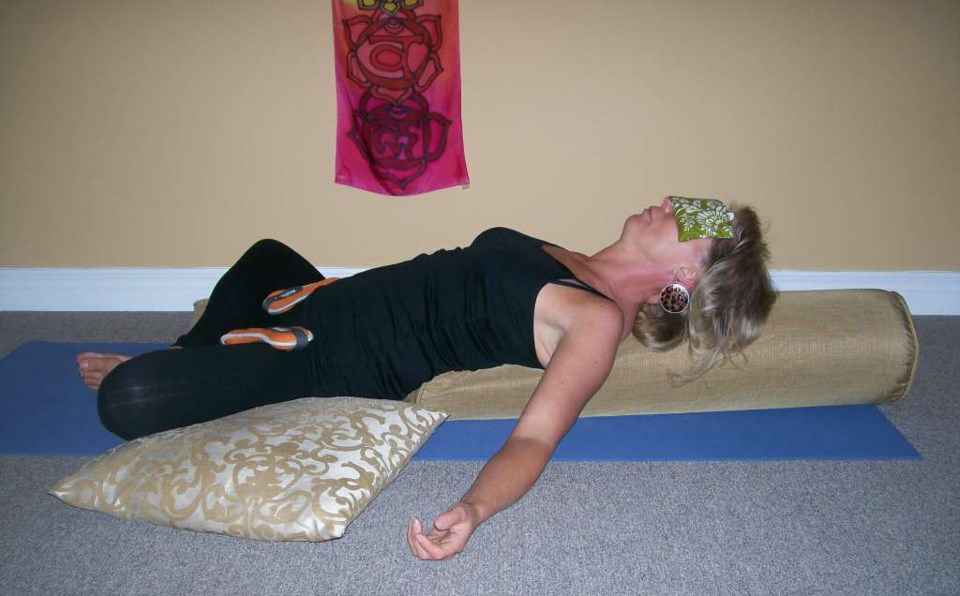Please note: if you have no stress, this article will not be of interest.
But if you live in modern society, your system experiences stress just due to the level of stimulation (noise, visual messaging, abundance of choice, etc.).
Imagine life 100, or 1,000, years ago. It gets dark at 4:30 p.m. It’s cold outside. Maybe you huddle by the fire or work by candlelight for a bit, but then you cocoon for long stretches. There’s no television, cell phone or central heat. You can go days or even weeks seeing just the same few faces. You have very little concept of what life is like on the other side of the world so you don’t worry about the wars or starvation there. Your nervous system today is wired for that level of stimulation. It’s very new in human development that we have access to 24 hour news, shopping, visiting, gambling, and endless distractions. We no longer have long, open spaces in our lifestyle to nap, dream, work at quiet, repetitive tasks, or generally be bored to tears.
Even if you have a perfect marriage, no money concerns, a benevolent boss and consistent access to the best parking spots, your system is chronically and cumulatively deprived of restoration time. What we commonly believe to be symptoms of aging are actually the result of this deficit.
Most of us wouldn’t sign up to go back in time. There are ways, however, to adjust to the rest needs of your system without such drastic steps. One way is Restorative Yoga.
You might consider yoga as a form of stretching or exercise, which it can be. Restorative Yoga is a different approach that also improves performance, concentration and alleviates pain…. without stretching or straining.
That’s why Restorative Yoga rocked my world.
Restorative Yoga means taking time to arrange your body over pillows, blankets, and chairs, in such ways that all curves are supported gently. Properly propped, you feel no actual “stretch” sensation. The position should be neutral and as comfortable as possible.
Restorative Yoga helps us discover where we are holding tension.
The actual effort involved in Restorative Yoga is the willingness to look at how and where we are holding tension, and to relax our body on the ground, allowing the breath to come in more, so the tension that we find can be softened or less gripping.
Restorative Yoga creates the conditions for the relaxation response to kick in.
The grounding; complete, full breathing; and quietness of Restorative Yoga help us elicit the relaxation response, a neurological response that tells us we are safe, pulls us out of "flight or fight" mode and initiates the body's self-healing process.
Restorative Yoga helps us face what we are avoiding about ourselves.
Our habit of running around, conquering our to-do lists, and fueling ourselves with coffee and ambition can often be a way we avoid deep discomforts and unwelcome feelings in the body and mind. Restorative Yoga asks us to stop engaging in all the doing and face what we really need to look at about ourselves. To learn about, befriend, and care for the whole of ourselves in a way we are not used to. This is an essential step for health and healing, for true renewal.
Previously, I only took Restorative Yoga seriously when I was injured, or had already put in a good workout. Now it’s become the first priority in my self-care protocol. To try this yourself, check the local yoga studio for a dedicated class. There are also many online resources, including my website and that of my teacher, Jillian Pransky.
For more information, visit my website.



